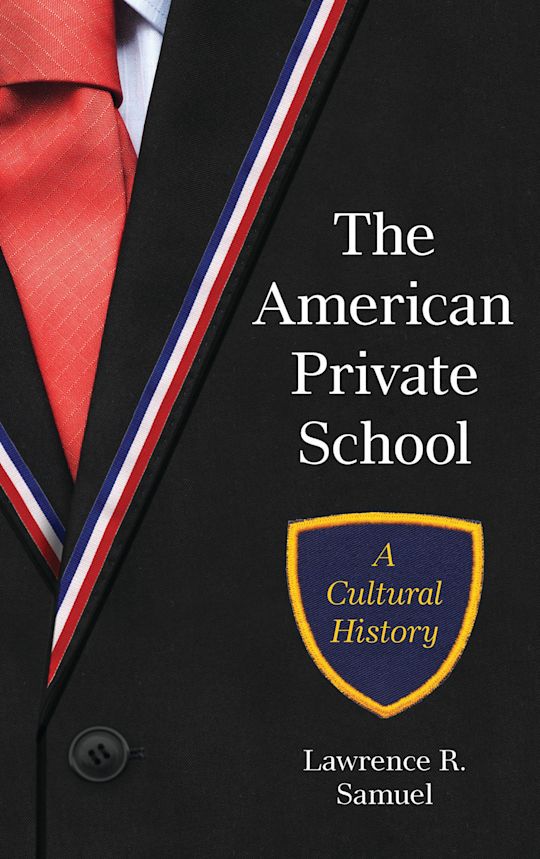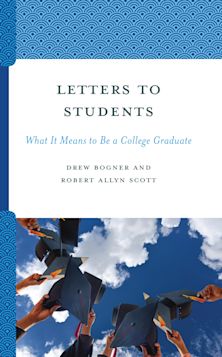- Home
- ACADEMIC
- Education
- Education - Other
- The American Private School
The American Private School
A Cultural History
The American Private School
A Cultural History
This product is usually dispatched within 2-4 weeks
- Delivery and returns info
-
Flat rate of $10.00 for shipping anywhere in Australia
You must sign in to add this item to your wishlist. Please sign in or create an account
Description
The American Private School: A Cultural History is a history of private or independent schools in the United States over the past century. Told chronologically, the book sheds light on the important role that the K-12 private school has played in this country, filling a niche in the history of education, sociology, and the United States as a whole.
Table of Contents
Introduction
Chapter 1: The 1920s: Dare to Be Different
Chapter 2: The 1930s: The Selected Seed of the Nation
Chapter 3: The 1940s: A World in Itself
Chapter 4: The 1950s: A Servant of Public Responsibility
Chapter 5: The 1960s: Islands of Integrity
Chapter 6: The 1970s: The Real World
Chapter 7: The 1980s: A Beneficial Revolution
Chapter 8: The 1990s: Reaching for the Rainbow
Chapter 9: The 2000s: The Garden of Eden
Chapter 10: The 2010s-: An Existential Moment
Notes
Bibliography
Index
Product details
| Published | 04 Mar 2025 |
|---|---|
| Format | Hardback |
| Edition | 1st |
| Extent | 210 |
| ISBN | 9798881803780 |
| Imprint | Rowman & Littlefield Publishers |
| Dimensions | 229 x 152 mm |
| Publisher | Bloomsbury Publishing |
About the contributors
Reviews
-
The American Private School is a rich and detailed narrative history of private schools in the US. Samuel draws heavily on secondary sources such as newspapers, books about private schools (including those published by private school associations), and government documents... Well written, informative, and thoughtful. Recommended. General readers through faculty.
Choice Reviews
-
A valuable addition to collections focused on education, sociology, and U.S. cultural studies. It is both an academic resource and a great read for general audiences interested in understanding the complexities of the private education system. Libraries aiming to provide well-rounded perspectives on education in the United States will find this title a worthy addition.
Library Journal
-
Private schools, especially private boarding schools, are generally considered bastions for white, rich kids. A frequent setting for movies and YA novels, these institutions-whether private, boarding, country day, or prep-exude exclusivity. Samuel looks at a century's worth of private schooling in the U.S. (not including military schools or special education institutions), summarizing scholarship and editorials gleaned from contemporary media reports, educational experts, and social observers. Chapters offer decade overviews beginning in the 1920s and cover recurring issues like public versus private, curriculum, extracurricular offerings, institutional cultures, and end results. The readable text profiles the myriad choices available to families, emphasizing how earlier private endeavors filled in gaps, such as extended coursework for girls, or provided equitable options, as for Black and immigrant students. Later chapters concentrate on increased competition for enrollment and escalating expectations from parents, with a twenty-first-century emphasis on preschools. This thoroughly documented overview offers insights into a specialized slice of American history, reaffirming how class, race, and financial status both reflect and shape evolving society.
Booklist

ONLINE RESOURCES
Bloomsbury Collections
This book is available on Bloomsbury Collections where your library has access.


































